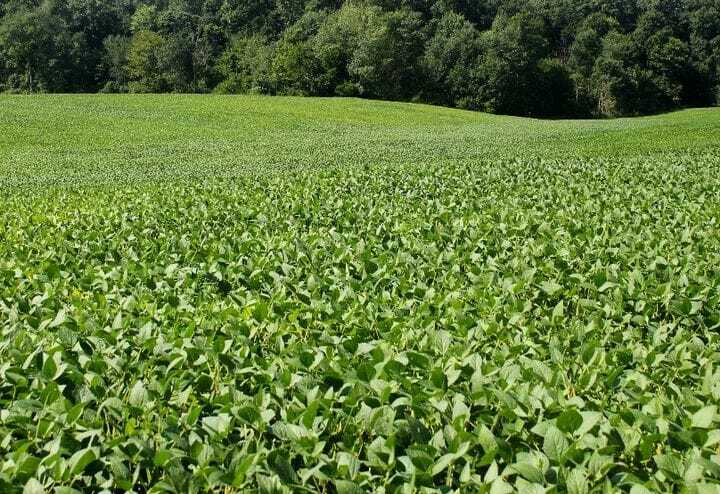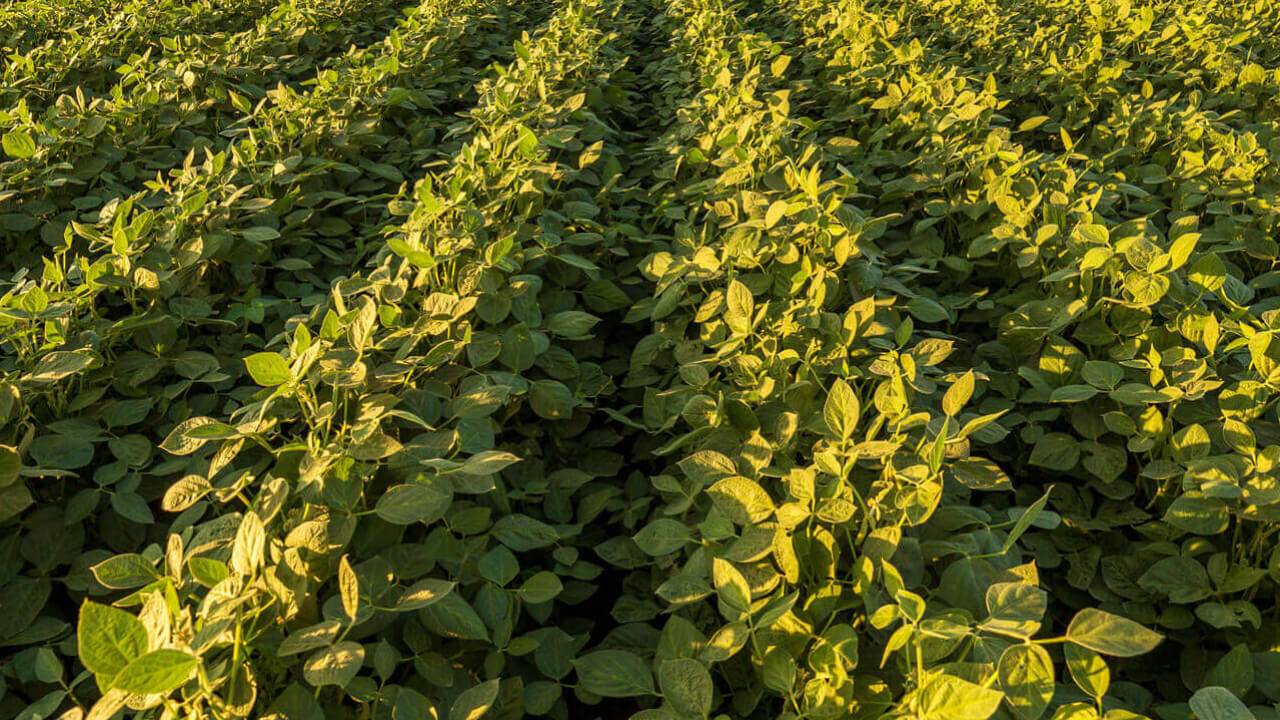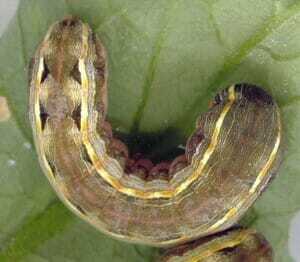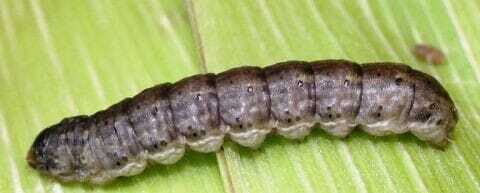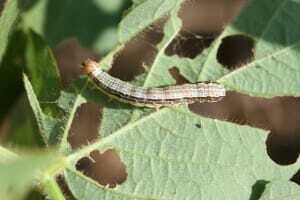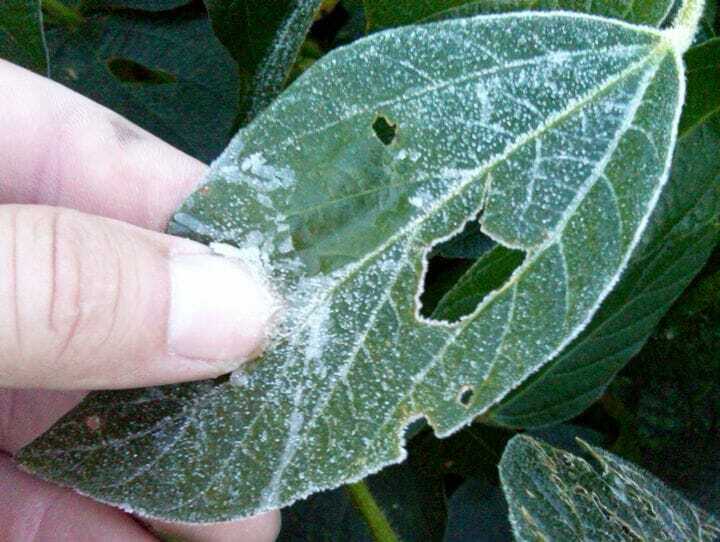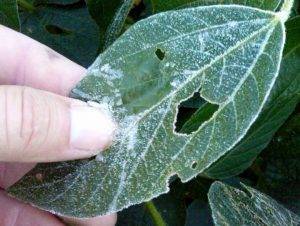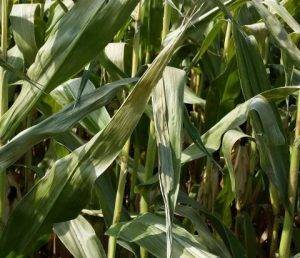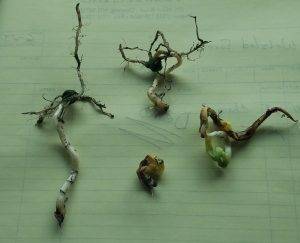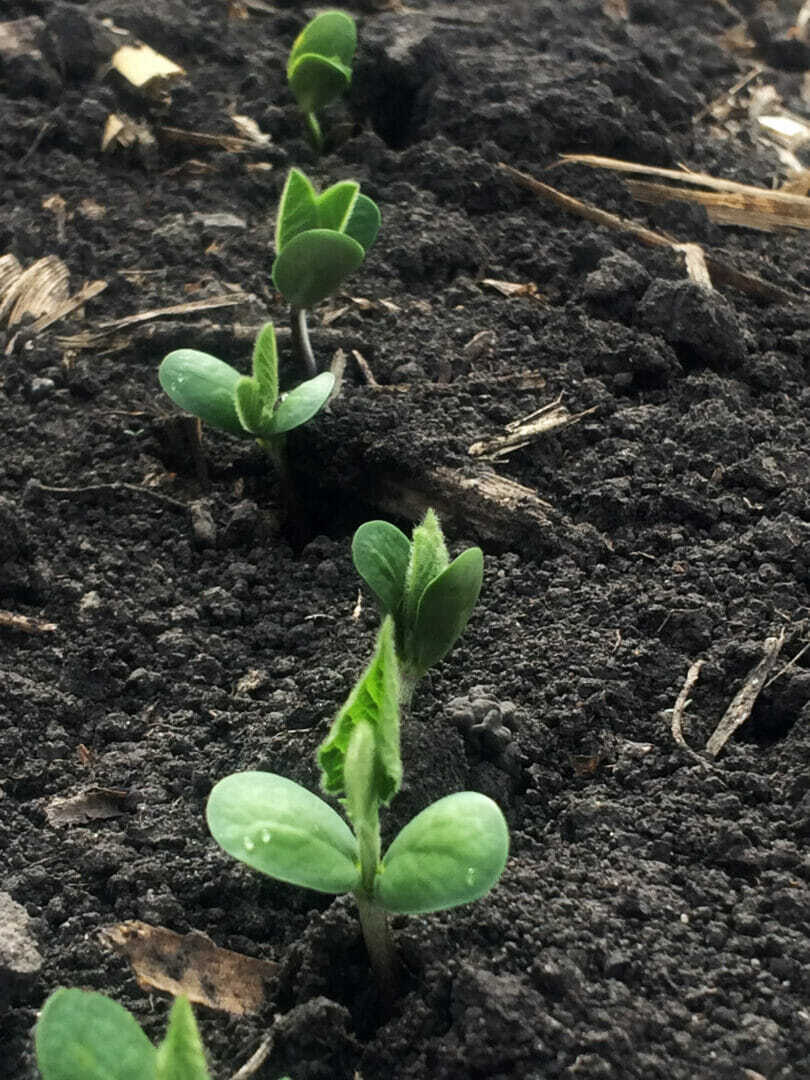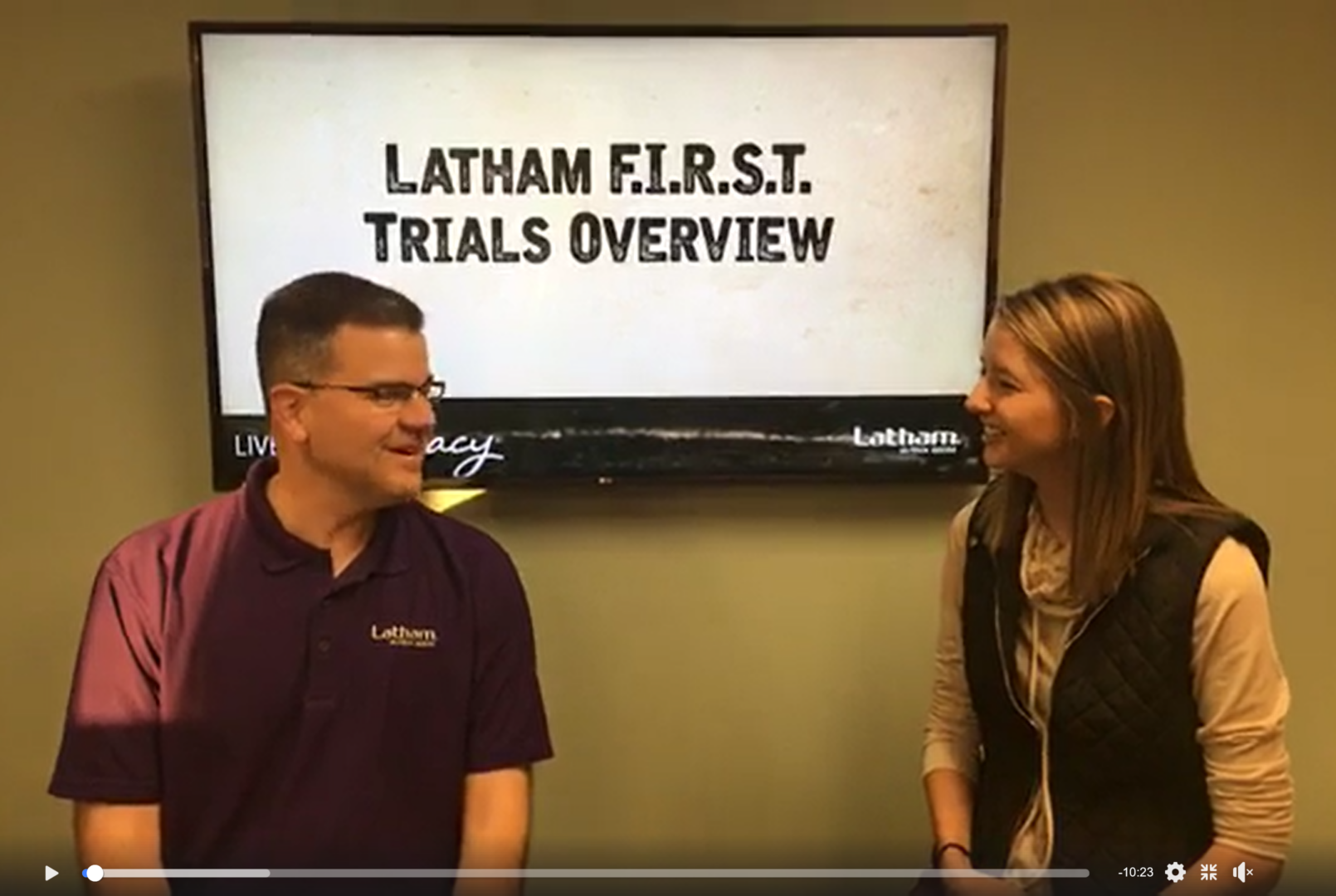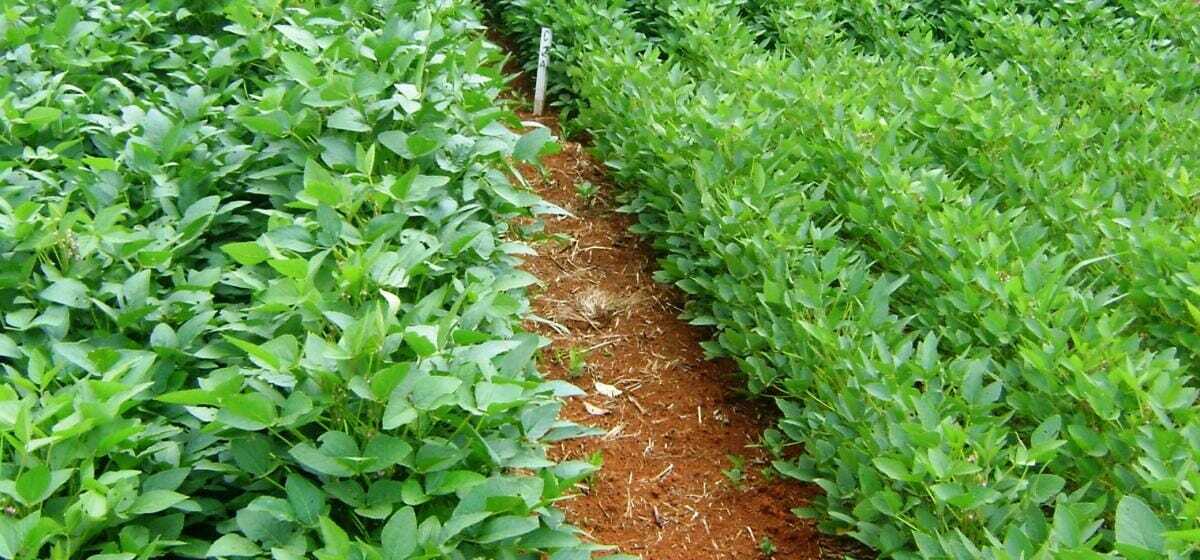
Phosphorus is responsible for transporting energy created during photosynthesis throughout soybean plants. This essential nutrient is critical in promoting growth, increasing water use efficiency and supporting high yields.
It can be a challenge to identify symptoms of phosphorus deficiency. Agronomists at Iowa State University confirm that phosphorus deficiency is less common in soybeans, but it can still present negative results at the end of the growing season without revealing foliar symptoms.
Scouting for Deficiency
Signs of discoloration are the best way to identify phosphorus deficiency. A dark green, blue-green, or purple-green color can be exhibited in phosphorus-deficient soybeans. Discoloration will begin on the oldest leaves and move to younger leaves.
Leaf cupping and lesions on soybean leaves are additional signs of phosphorus deficiency. The phosphorus level in the soil can also a key indicator of future phosphorus deficiency in plants.
When soils have adequate moisture, signs of deficiency may be more apparent as nutrient uptake is stimulated by moisture. Stunted growth is the most common result of phosphorus deficiency in soybeans.
Treatment Options
As phosphorus deficiency can appear to be asymptomatic, it is important to collect soil samples to capture soil nutrient levels. Once captured, you can decide if additional nutrient application is necessary.
If a deficiency appears in season, the best practice is to pull tissue samples to determine the exact cause. Take twenty leaf samples from the newest mature leaf. The leaf is usually 2nd or 3rd from the top. If plants are in early vegetative stages, send in the whole above-ground portion of the plant. Remember, always pull two samples: one from the problem area and one from a healthy area. Correcting phosphorus deficiency in–season is not typically cost effective. Once you determine phosphorus deficiency is the problem, it is best to apply phosphorus in the fall or spring before planting in dry granular form. Contact your Latham or Data Forward™ Advisor to fine tune your fertility in each field.

